With more extreme wildfire, state and federal agencies look to improve suppression, prevention funding

Ask fire managers about fighting runaway wildland fires, and it might start to sound like they are talking about coordinating a coalition-led war. There are decisions about where to send their assets, and whose assets to send. There are decisions about when, where and what to defend with a limited number of fire crews. And there are decisions about jurisdictional responsibility.
All of it comes at a cost, and it’s one that does not end when a fire is contained. At every level of government — county, state and federal — budgeting for fire poses an increasing challenge.
“It is so complicated and almost impossible to budget for,” said Kacey KC, the state forester.
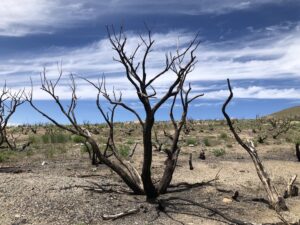
In rangelands and forests across the West, more extreme and expensive wildfires are being fueled by warmer weather, vicious cycles of invasive species and more home development extending the wildland-urban interface. On Wednesday, NPR reported that the chief of the Forest Service said that wildfire is no longer confined to a season. It is a year-long cycle that poses a threat to more than 1 billion acres across the county, according to the agency.
Wildfire in Nevada, alone, has burned more than two million acres of land over the last two years. State lawmakers have started paying more attention to wildfire issues, granting additional appropriations to the Division of Forestry during the legislative session. And federal lawmakers have worked to fix funding issues around fire fighting and prevention. But several issues remain, with continued criticism from counties and a culture that has often overlooked rangeland fires.
Wildfire is challenging, in part, because it’s difficult to predict when and where it will start. And the responsibility for paying for a fire hinges on that knowledge. If a wildfire starts on federal land, the federal government is charged with paying contractors and other agencies. If a wildfire ignites on county land, the billing responsibility is often shifted to the state’s thin fire budget.
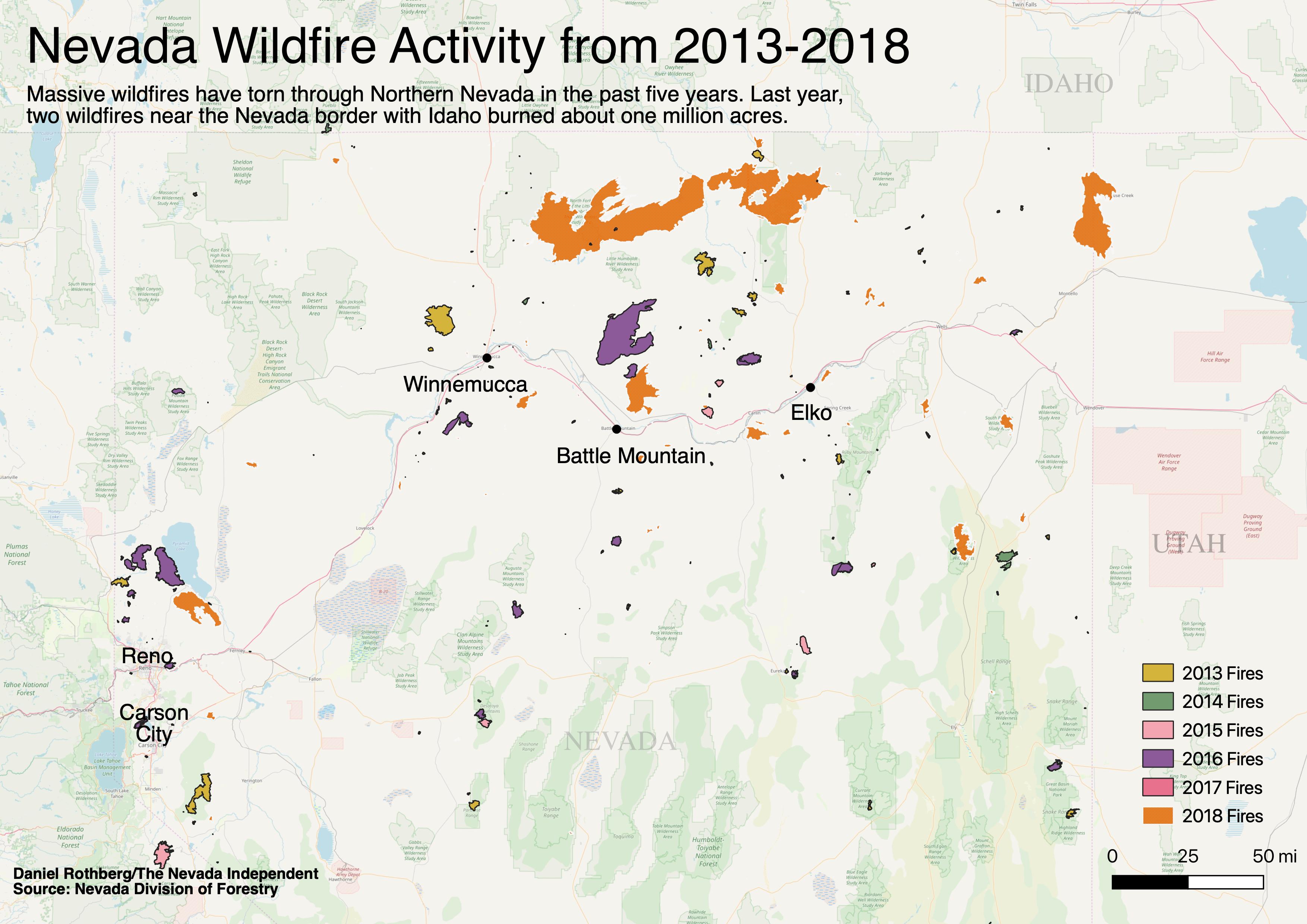
That doesn’t mean the Division of Forestry can’t recover some of its costs. Once a fire is over, land managers determine on whose jurisdiction the fire burned and split the costs proportionally. If a wildfire started on county land but burned on 80 percent of federal land, the state could be responsible for the upfront costs, but the federal government could owe payment on about 80 percent of the expenditures. Yet that complicated funding scheme can create a challenge for the state.
With two large back-to-back fire years in 2017 and 2018, the Division of Forestry received more than $17 million from the Interim Finance Committee, statutory contingency funds and grants to supplement its annual $2.5 million fire suppression budget. As of May, the division owed more than $30 million for fire costs at the same time it is still recovering funds from recent fires, something that can take years. Responding to this, the Legislature increased the budget by about $2 million each year. It also created a $10 million contingency account so the agency can balance its liabilities.
In short, the Legislature gave the division more budgeted funds to fight fire, rather than leaving it to rely on stopgap requests at the Interim Finance Committee. Where there was a budgeted $5 million over two years, there will now be up to $19.6 million in budgeted funds for the agency.
“It kind of matches what they've done at the federal level,” KC said.
Last year, Congress approved an eight-year “fire fix” starting in 2020. The deal will help the Forest Service reduce “fire borrowing” in which the agency pulls funds from other programs to pay for its increasing firefighting costs. Although the fix was criticized by environmental groups for opening up more logging, it could allow the agency to focus more funds on prevention.
The Forest Service is not the only agency fighting fire in Nevada. In fact, the burden often falls on the Bureau of Land Management (BLM), which manages about 67 percent of the state’s land. Nevada faces a fire risk in forested areas from Mt. Charleston to the Tahoe Basin, yet most of the state’s megafires burn in the rangelands controlled by the federal land agency. Of the one million acres that burned in Nevada last year, about 620,000 burned on BLM land.
But federal wildfire funding has often centered around forests, argued Jolie Pollet, the BLM’s division chief for fire planning and fuels management. Pointing to a five-year average that showed more acres burned on BLM land (2.1 million acres) than on Forest Service land (1.7 million acres), Pollet argued that there was a disparity in funding between the agencies. She said it was important that fire management moved away from a forest-centric approach.
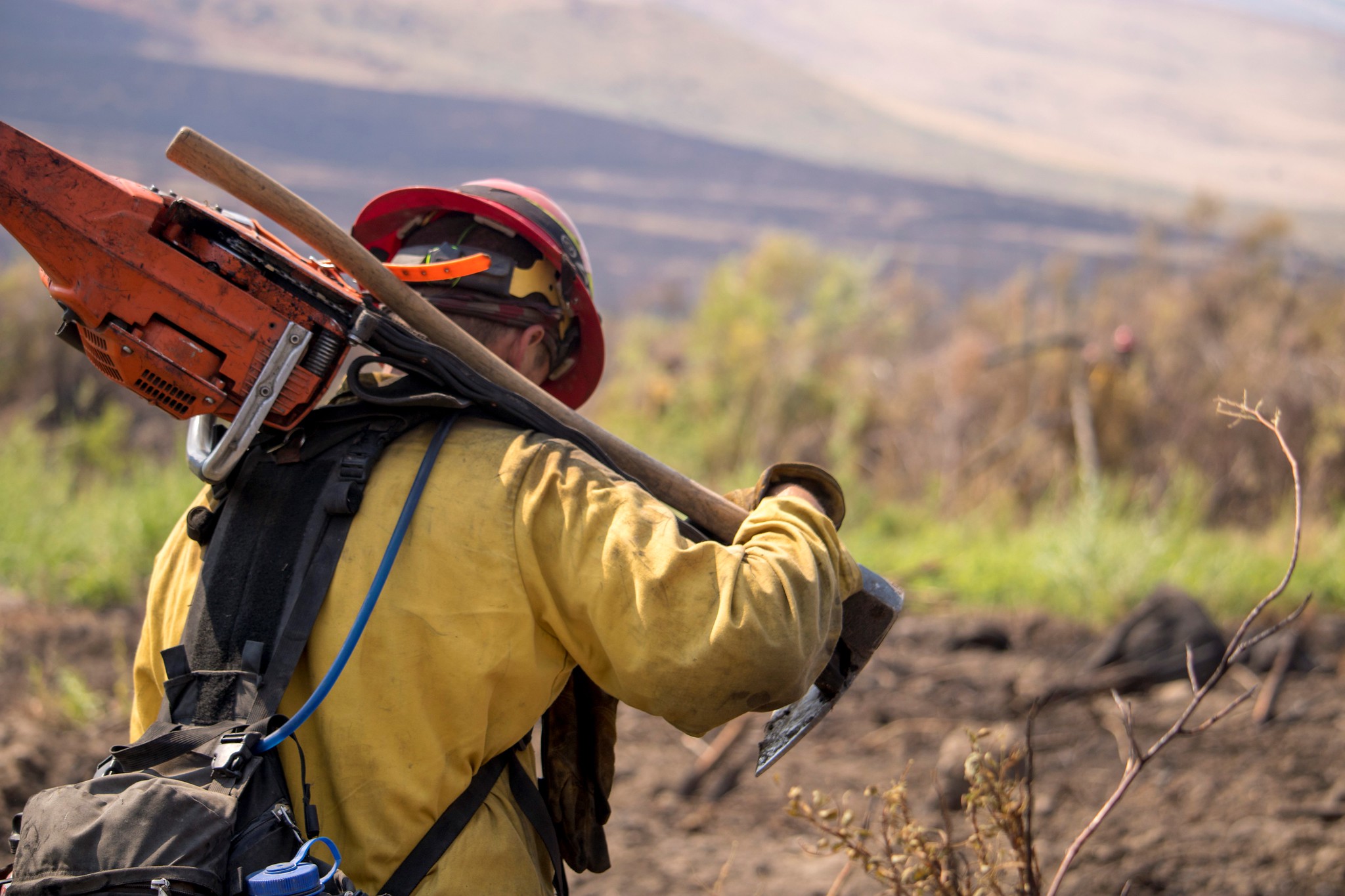
Speaking in May at a journalism symposium funded by the Intermountain West Joint Venture, Pollet said it was important to focus on rangeland fires, where recent mega-fires in Nevada have destroyed ecosystems that support critical wildlife habitat, ranching and outdoor recreation.
“I really do feel like we are looking at a permanent loss of ecosystems unless we start looking at this pretty seriously,” Pollet said. “The cost of restoring some of these areas is too high. So we have to focus resources and we have to get a little bit more attention on these issues.”
In addition to boosting state suppression funds, the Legislature also appropriated more than $7 million for a helicopter, wood chippers and emergency crew carriers for the Division of Forestry. And in the final hours of the session, Democratic Assemblywoman Heidi Swank introduced language to provide the state with $5 million in matching funds for fire prevention and long-term planning.
“This really shows that Nevada is ready to step up,” Swank said in an interview.
Swank’s legislation would give the state up to $5 million to match federal funds, grants and private donations in preventing wildfire. The idea came out of a working group that Swank formed with Eureka Republican Sen. Pete Goicoechea. Building on that group, the Legislature also passed a resolution to form an interim study on wildfire.
Fire managers are increasingly viewing prevention and rehabilitation as part of the puzzle in fighting fire. One reason fires are so large — one fire in Nevada last year burned more than 400,000 acres — is the growth of flammable invasive species, such as cheatgrass. Cheatgrass has crowded out sagebrush habitats and is well-adapted to growing in areas that have already burned, creating a vicious cycle in which fire and cheatgrass feed off each other.
Dave Mendiola, the county manager for Humboldt County, said that local officials want more control over eliminating cheatgrass, and he said it has been part of the recent conversation about fire costs. Like many rural counties, Humboldt County takes out something akin to an insurance policy with the state under the Division of Forestry’s Wildfire Protection Program.
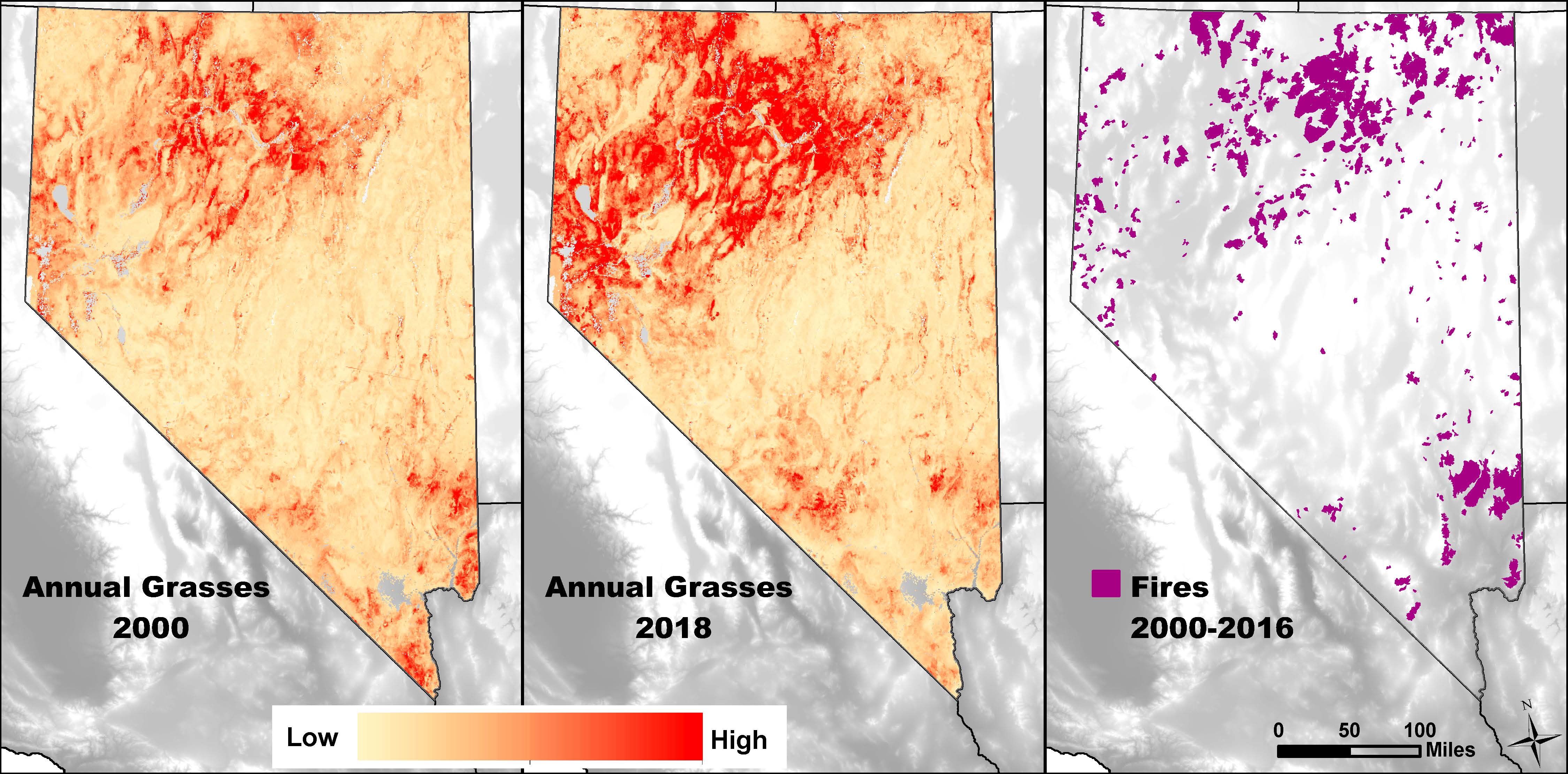
Through that program, the counties pay a premium to the division, which then assumes the responsibilities if a fire starts within a county. Mendiola said the program is good for the county because the state has more resources to handle complicated fire contracting and billing. But he said when the state doubled their premium this year to about $200,000, the county objected.
“We balked at that,” Mendiola said.
Ultimately, the county negotiated their premium down to about $150,000 with the understanding that the county and state would work to draw down risk by taking fire prevention measures.
But funding is only one aspect of fire management. Ranchers, who are often at the frontlines of rangeland fires, have pushed for more nimble protocol to catch fires before they burn out of control. Humboldt County is now working with two Rangeland Fire Protection Associations, volunteer fire groups that give ranchers the ability to serve as first responders to fire with the BLM.
“In many cases, they will put out fires that would have been massive,” Mendiola said.
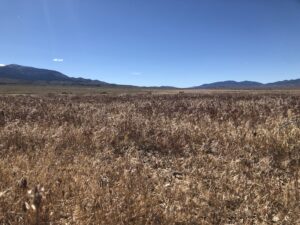
Ron Cerri, a Humboldt County commissioner who ranches in Orovada, also said he wanted to see more funding for post-fire rehabilitation. He said the county opted for a one-year contract with the state this year after the premium hike. In the past, it had signed a five-year contract.
“We are only going to go on a one-year contract and see if some changes are made,” he said.
As a rancher, Cerri said the fires are devastating on a personal level, especially after years of pursuing conservation on the range to save habitat for wildlife reliant on sagebrush habitat, including the imperiled Greater sage-grouse.
“To see that disappear in a blink of an eye is sickening,” he said. “It's hard to take. Everyone recognizes that we're going to have fire. And fire's not always a bad thing. But these large catastrophic fires like this should be and are preventable. We just have to do things differently.”
